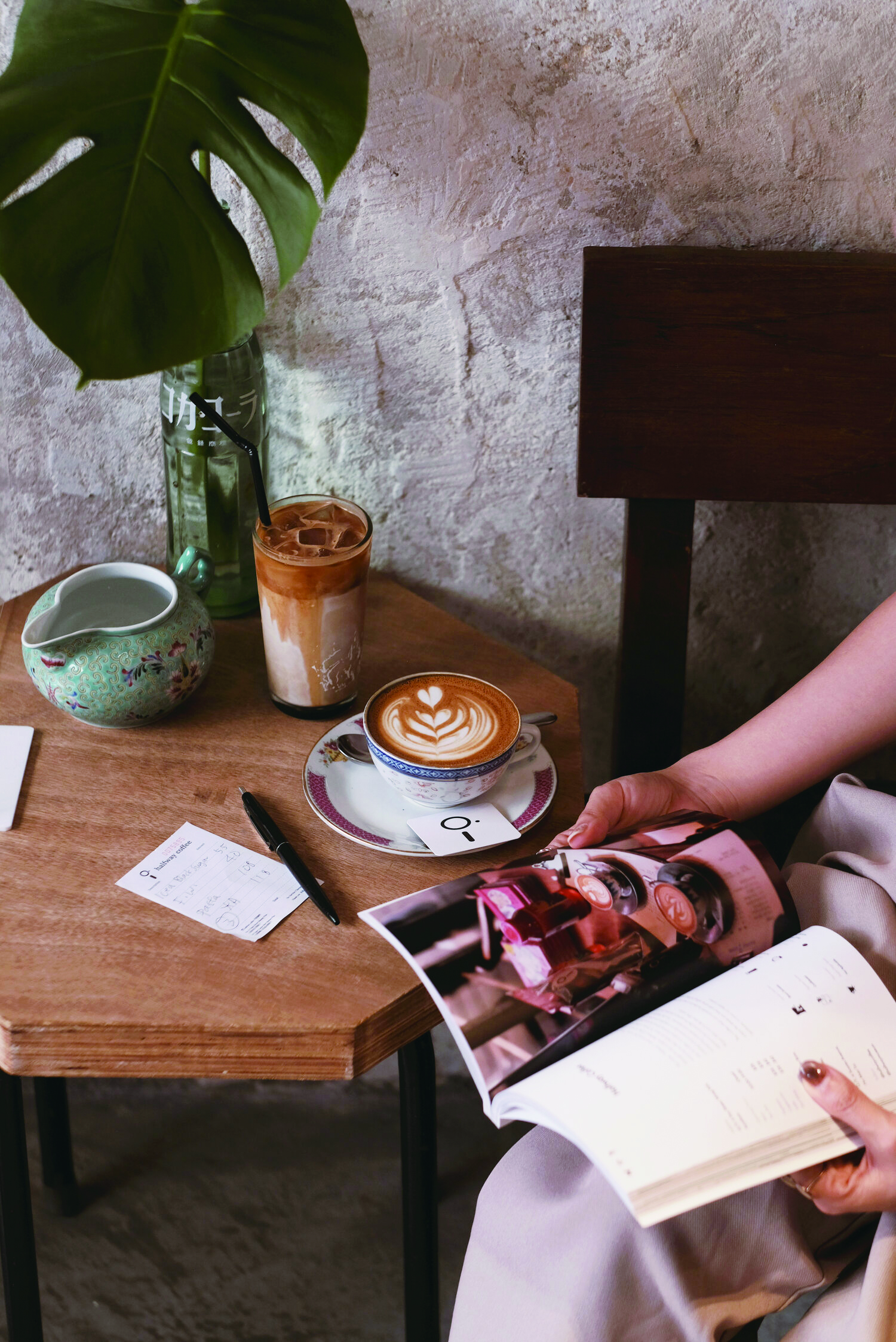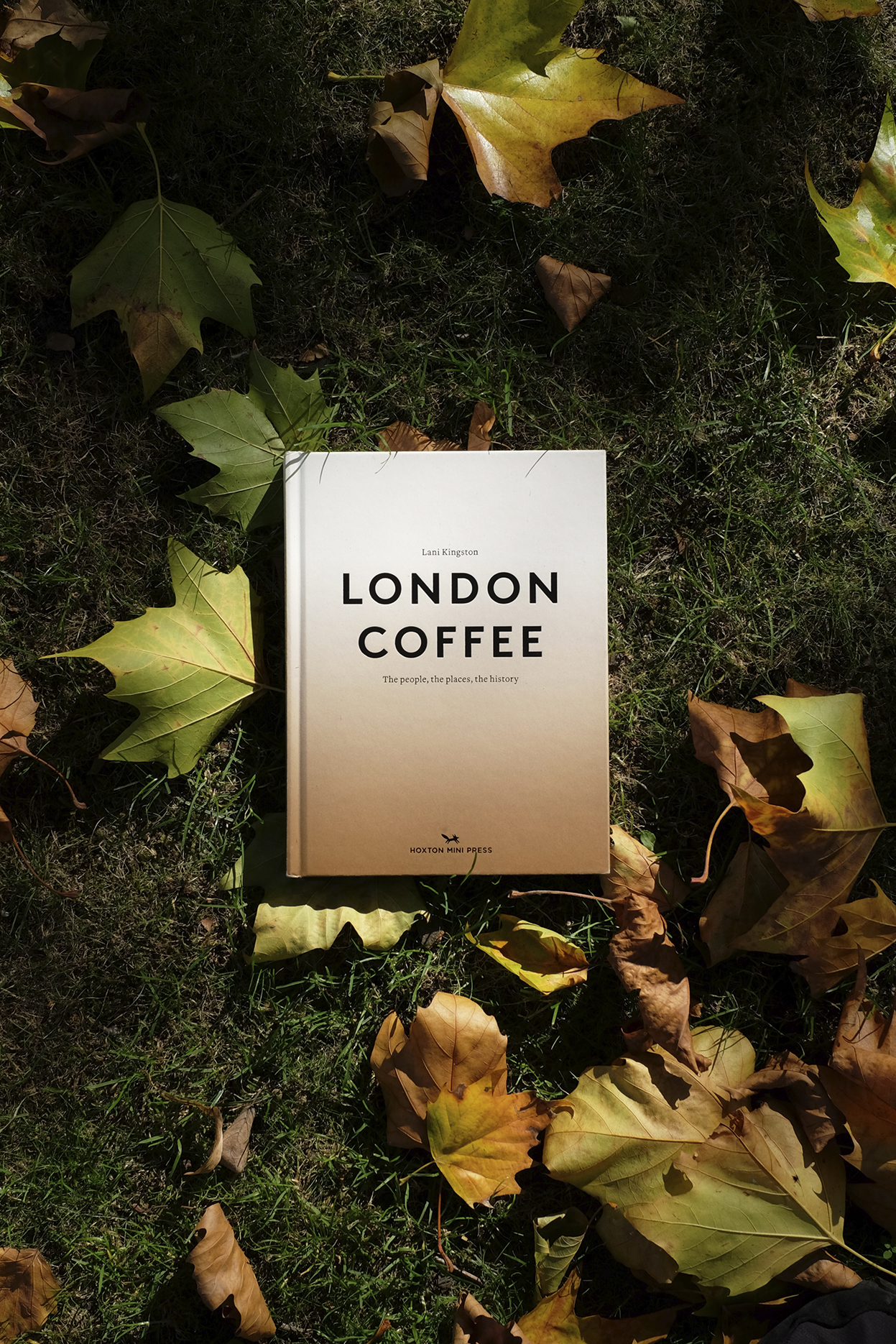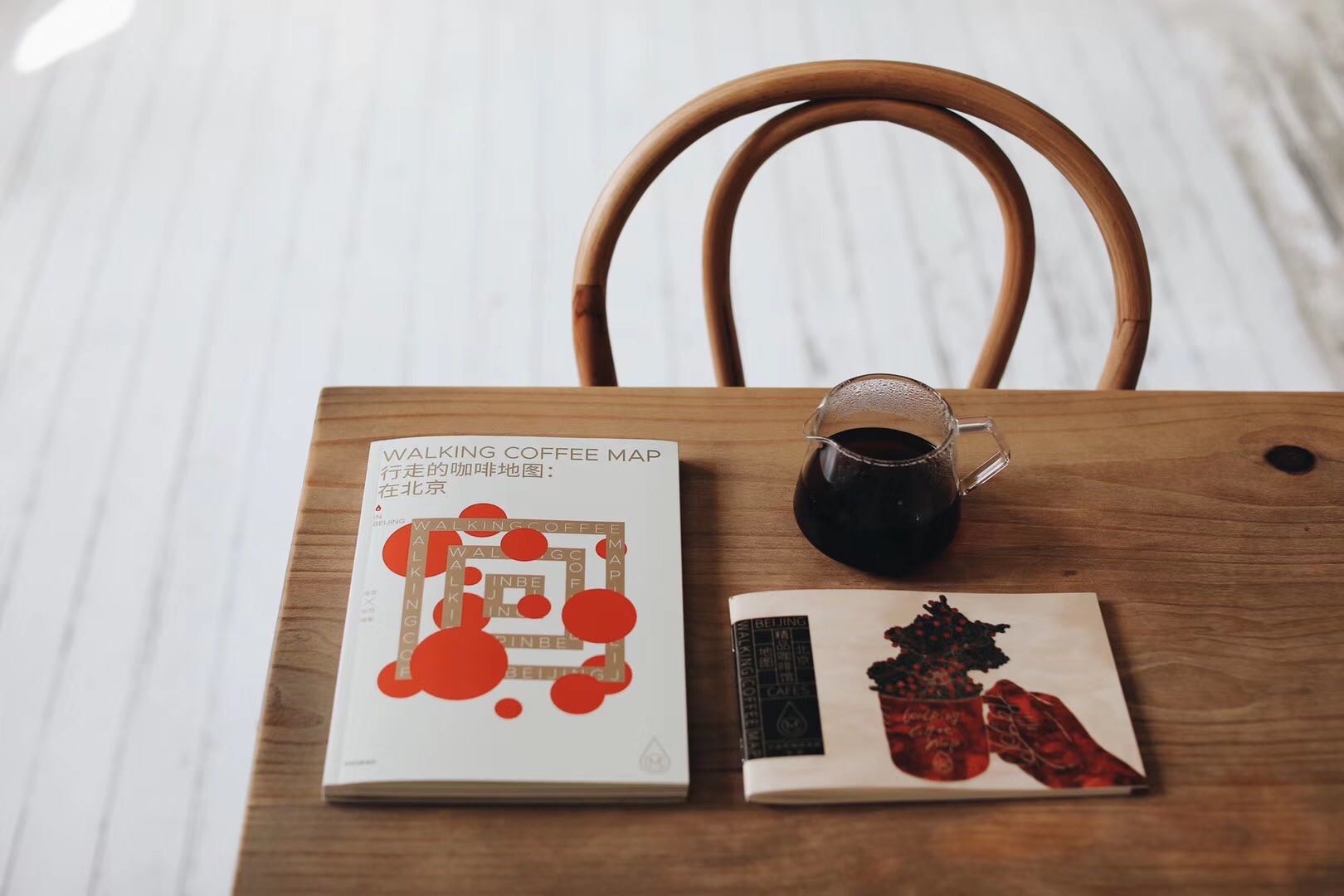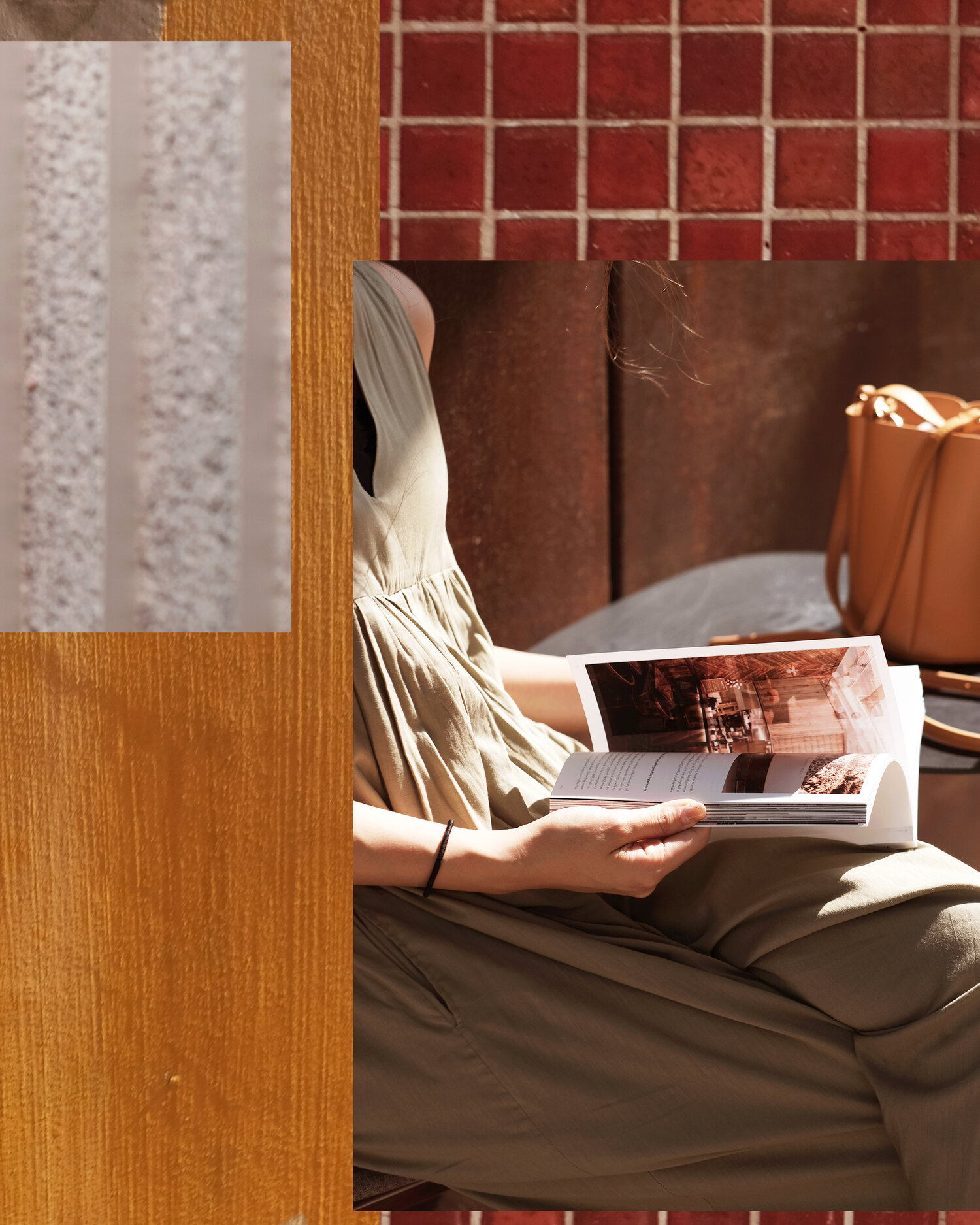
Guidebooks have a history of nearly 2,000 years. Initially for travel purposes, they have since evolved into a functional planning and guiding tool in many categories related to our daily life. There are now guides for pubs, fine dining restaurants, farmers’ markets, street food stands, hair salons, hotels, and the list goes on. In the past fifteen years or so, there is a newcomer to the guidebook family, the city coffee guide. While a coffee guide itself is nothing more than a list of coffee shops, city coffee guide can be different. Once a coffee guide is based in a specific city, it can become a defining aspect of that city, which displays the connection between the city and its people, and which is a design language of the city.
For further exploring the topic, we spoke to a few city coffee guide creators whose thoughts were very inspiring and refreshing, and I would like to add a special thank you to the following names (in alphabetical order) at the very beginning.
Bex Walton, founder of Double Skinny Macchiato
Brooke Thio, account and blog creator of Roamscapes
Charles Costello, writer of Korea Specialty Coffee Guide
Helen Kwok, writer & photographer of Hong Kong Coffee Guide; account creator of ig@f.o.v
Lani Kingston, writer of How To Make Coffee: The Science Behind the Bean, London Coffee, Designing Coffee
Xue Gao, writer of Walking Coffee Map; account creator of Walking and Coffee; owner of CÉNCHI COFFEE
The Emerging Need for Coffee Guides
Coffee is by no means a new term. With a recorded history of drinking for nearly 600 years, as well as being the most consumed drink after water in many countries for decades, coffee, and coffee houses, has in fact been shaping our civilisation all the way down. Known as the Penny University, coffee houses in 18th-century England played an undeniable role in the Enlightenment with all the intellectual and cultural talks taken place within. After being introduced in Japan in early 20th century, coffee became the leading force behind the transformation of the local lifestyle by successfully blending the western culture into the traditional Japanese culture, and it is even now a must-see feature of the country.
However, for a long time, coffee was merely a type of beverage for most people. It only became a culture from mid 20th century onwards, yet instead of being referred as coffee culture, it was often a cultural feature of a certain place, for example, the Italian coffee culture. Therefore, though guidebooks were already part of people’s lives at that time, there wasn’t really anything dedicated to coffee except maybe a few local cafe recommendations in a travel guide or a few words mentioning good coffee served in certain restaurants in a food guide.

The emergence of coffee guide was a direct result of the rise of specialty coffee culture in a global scale from earlier this century. It was at that point that coffee finally became a hip culture on its own. Looking for coffee houses is now much more than an action to avoid instant coffee for caffeine addicted travellers or to complete an Italian experience, and the function of cafes is now beyond providing food and beverage service and a space for socializing. The coffee house itself has become the main reason for many visits of even non coffee drinkers. As a result, guides focusing on specialty coffee shops started to appear.
Becoming Influential
Good guidebooks provide detailed and carefully selected information, while great ones have something beyond that. The shared feature of most great guidebooks is a core other than listing information. Some try to record history, some explore cultures, some promote avant-garde ideas, some simply share a strong passion, and information in the guide is only the medium for the author to convey the core to his or her audience. It is those guidebooks that can leave a mark in readers’ minds, which eventually becomes a factor that influences the progress of culture. As after all, comparing with information, it is human beings who make the change, and it is thoughts that motivate the action.
Therefore, as much as we appreciate the functionality of Yellow-Pages–like city coffee guide, we hail the ones showcasing the information with a unique angle that reveals much more of the interconnection between people and city. Creators of such city coffee guide depict the influence a city and its culture has on them through coffee shops; and vice versa, the city coffee guide shapes the culture and lifestyle in the city through the people using the guide to visit coffee shops.
The Angle of Language

Language is one main medium to deliver information, and it is an important way for us to perceive and express ideas, during the process of which, connections among people are built, communities and societies are established, and culture is formed. The interconnection between language and culture is beyond arguing, and the evolution of each has been influencing the other over the years.
While the importance of language is widely recognized, it is rare to see any city coffee guide designed with a primary focus on language, and that’s why it was exciting to see the publish of Korea Specialty Coffee Guide, whose primary goal is to bring the first ever independent coffee guide of Korea to the world of English speakers.
Despite the increasing global popularity of K-pop and K-drama, the surging number of foreigners coming to Seoul to visit and live, and the booming coffee culture in the past ten years or so, it is interesting to see that there was not a Seoul coffee guidebook in English published before. Therefore, after moving to Seoul and falling in love with the city, Charles, the author of Korea Specialty Coffee Guide, decided that if no one had thought of or cared for introducing the local coffee scene to the large number of English speakers out there, he would do it himself, and his ambition went beyond a coffee guide of Seoul only.
Korea Specialty Coffee Guide covers the whole country. To portray the coffee scene in South Korea as fully as possible, Charles and his co-writers, Shim Jae-beom and Cho Won-jin, spent over half a year to finalize their selection from a list with over 200 cafes, featuring first generation specialty coffee brands, champion barista-run coffee houses, and those with a strong focus on design. The guide, without a doubt, is the ultimate solution for any English speakers who would like to experience the coffee culture in South Korea, a country with its citizens often joked as surviving on iced americano.
It is true that there are other English contents online that one can find in terms of South Korea or Seoul coffee guide, but rarely one as extensive and finely selected, which is one of the benefits of published books. Thanks to Charles’ initial concern on language, and he and his co-writers’ hard work, this gap is now filled.
The Angle of Tourism
Both having a long history, tourism and urbanization have a strong link between each other. Curiosity, religion, survival, for whatever reason, the move and migration of human beings not only have resulted in the discovery of and settlement in new places, some of which eventually turned into major cities, but also have seen the exchange and merge of different languages and cultures.
In the interaction between tourism and urbanization, coffee shops takes an important role. Similar to pubs and bars, cafes are not only part of the attractions of a city, but also hubs where locals and travellers exchange stories.
It is for this traditional function of coffee shops that tourism is a common feature when designing city coffee guides. Many travel blogs now have a designated section for coffee shops, and the way coffee bloggers record their trips is to write about the cafes they carefully pick in each city they have been to.
Another rising trend nowadays is solo travel , and modern urbanization has made solo travel easier and safer than ever before. While these solo traveller s bravely and freely explore unfamiliar places , coffee and coffee houses have become their connection with the society.

Brooke started her personal travel blog, Roamscapes, in 2012 after finding her hidden passion of travelling alone. Over the years, she developed a addiction to specialty coffee and started to write coffee guides of different cities on her blog. Among all the city coffee guides on her website, the most charming is the one of her home, Singapore. There are 8 coffee houses featured in her Singapore coffee guide, and each review is a demonstration of how well she knows her hometown and how much she loves it. The not-so-common part of this guide is the little tourism friendly section at the end of each review in which Brooke would list a few worth going places near the cafe, such as tourist sights, restaurants, shopping spots, and Instagramable places. Roamscapes is essentially a travel blog emphasising on a travel-centred lifestyle and sustainable travelling, and the Singapore coffee guide under the food section in her blog brings anyone who wants to pay a visit to Singapore, solo or in groups, a list combining fine specialty coffee shops with interesting experiences nearby.
The Angle of Profession
The angle of profession includes a wide range of different perspectives. Industry insiders have their own specialized field and when it comes to designing a city coffee guide, their extensive knowledge of coffee shines through the short paragraphs and brings much more in-depth information to the audience. Moreover, they are able to dig up the hidden treasures and promote to the public who normally finds recommendations from professionals more reliable. It is under their efforts through making city coffee guides that the coffee industry heads to a healthy direction, which will eventually lead to a better local economy.
When commissioned to write London Coffee , Lani, who works as a coffee-writer and global food industry consultant, had a clear picture of what her book would be like.

“…the book is less a guide book and more a portrait of a coffee industry. The intent was to dig into a coffee history that goes back to the 16th century, and profile some of the current businesses and operators that make London’s coffee scene what it is today.”
Her coffee guide will unfold not only the history of London coffee but also the backstage scenes of coffee houses and their owners.
When Xue decided to create an online account to promote the emerging Chinese specialty coffee culture in 2015, she also had a clear vision of the basic concept, which is reflected in the name of her coffee guidebook series, Walking Coffee Map. She values the interconnection between coffee shops and the city, and she was determined to draw a coffee map of China.

She published her Walking Coffee Map of both Shanghai and Beijing, and has a more extensive content covering many Chinese cities on her online account, which is now called Walking and Coffee. Over the years, her account grew to be one the most influential professional coffee social media in China, and she utilized that influence in organizing specialty coffee events across China to further promote the industry.
The Angle of a Local
For coffee enthusiasts, coffee is an important way to connect with the society. Coffee shops are where they work and social, and coffee is the lens through which they view the world. Their coffee guides might be passion-filled and personal, but if it’s the coffee guide of their hometown, it becomes powerful.
They know the city well, they know the local cafes well, they establish a perception of their home city through coffee, and the coffee culture nurtured them is shaped by the city. Their detailed and personal knowledge of the city makes the description of any local cafes vivid, and their home city coffee guide is the lens visitors can use to observe the city.
The rise of specialty coffee has successfully built a pool of knowledgeable loyal followers, some of whom c an even match professionals. When enthusiasm mixed with knowledge and a local background, the result is unbeatable.

Bex is a Londoner. She started a personal blog in 2007 and changed its name in 2013 to Double Skinny Macchiato, which is one of her regular coffee orders. Coffee, travel, and books are the main themes on her blog, and the content under each section is equal ly impressive. In her London coffee guide there are about 150 coffee shops, and according to her, most of them are still in operation.
While most other coffee guide creators will have a set of criteria when selecting coffee shops, Bex doesn’t. She simply records coffee houses she has been to and likes, and instead of trying to sell them to her audience, she tries to tell stories of them. It is for this reason that reading her London coffee guide is like walking down the streets of London with your good neighbour, chatting about your shared interests, and planning the next coffee shop hunting trip together.
The Angle of Aesthetics
Though not exclusively third wave specialty coffee related, the design of coffee houses has always been part of the specialty coffee culture. The look and style of coffee shops are a direct presentation of the city, and it is also driven by the modern digital lifestyle.
One basic need in this digital era is Instagramable, which means looking good in pictures takes the priority. An Instagram friendly coffee house will attract much more customers, some of whom might even be not that into coffee. From a business point of view, making a bigger effort in designing the cafe makes great sense nowadays. What’s more, calling the public to pay more attention on the appearance is also a positive move to aesthetic education.
Helen is an architect and designer living in HongHelen is an architect and designer living in HongKong. She started her Instagram account, @f.o.v_, with a passion on desserts, soon after she fell in love with coffee and started to review coffee houses as well. She also has an online blog on coffee, food, travel, and architecture, and her blog is so well designed that it is a joy to look at.

She also published a book, Hong Kong Coffee Guide, with a focus on rather than solely coffee, but the overall experience created by the space of each coffee shop. Coffee shops in her photos are places that we would want to go regardless the quality of coffee, and she put the ones serving good coffee together to present us a beautiful little guidebook.
Being an important part of the modern urban living, coffee houses do more than just serving coffee. They reveal a deeper bond between the city and its people. Each city is different, each city’s specialty coffee scene is different, and the same coffee scene is different through different people’s eyes.
Each city’s coffee guide represents the creator’s unique understanding of the city’s coffee scene, and this understanding can influence the readers who come to visit, during which they will bring some changes to the city that eventually will show in its coffee culture.
Thanks to the many dedicated city coffee guide designers, the specialty coffee culture is still booming after nearly two decades. There are many more angles to design a city coffee guide than those listed above, and hopefully there will be more inspiring city coffee guides in the coming future.









NO COMMENT